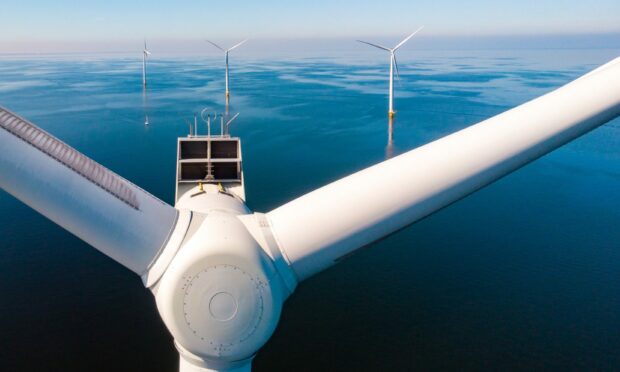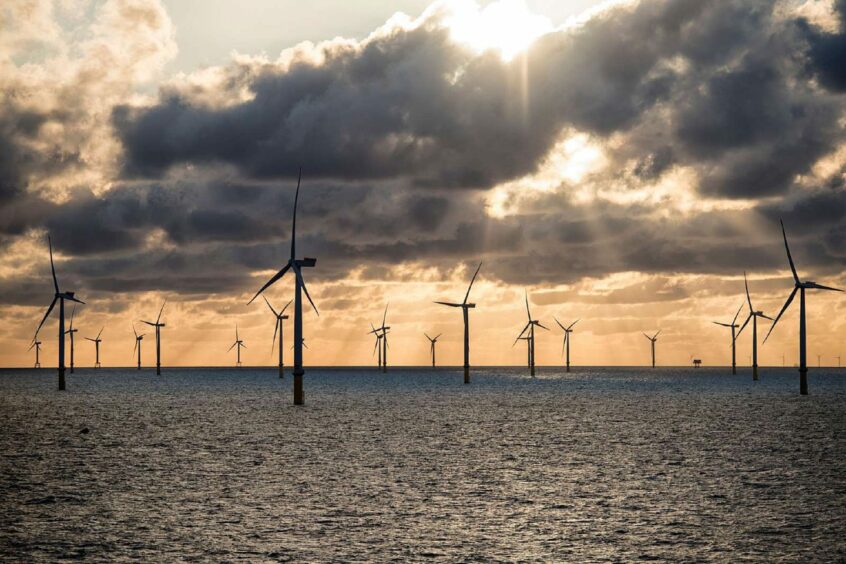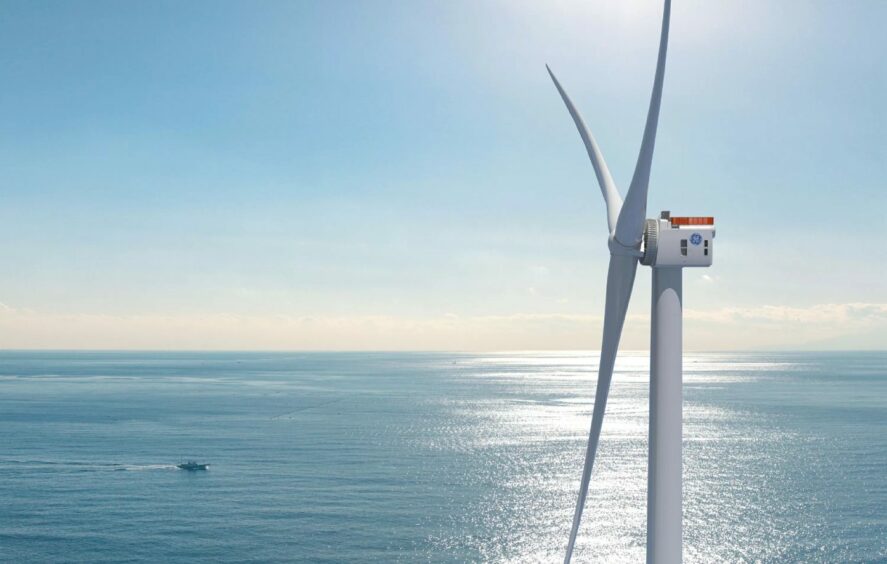ScotWind is the first round of offshore wind leasing in Scottish waters for a decade.
The Crown Estate Scotland (CES) programme is leasing areas of the seabed around Scotland for wind farms.
A total of 74 applications were made in the scheme.
Developers who were successful today (January 17) in acquiring lease options – 17 projects altogether – have been granted rights to build wind farms in Scottish waters.
CES hopes farms with as much as 10 gigawatts (GW) of new generating capacity will be built over the next decade as a product of ScotWind.
On its website, CES says: “To prevent the most harmful climate change scenarios from coming true, we need to substantially reduce our carbon emissions.
“Scotland’s target is to reach net-zero emissions by 2045 – and if we can generate 10GW of new, clean energy from ScotWind projects, it will make a big contribution to reaching that target.
“Wind farm projects also offer opportunities for business: their construction, operation and maintenance could bring billions of pounds in investment and new jobs to Scotland.”
A lease provides a developer with the rights required from CES to construct and operate an offshore wind farm on the seabed.
Other permissions are also necessary – a lease is awarded only once all the key consents and permissions have been obtained from the relevant regulatory authorities, including Marine Scotland.
The options awarded today set out the terms on which CES will grant the actual lease if developers succeed in obtaining all the necessary consents.
Supply chain requirements
Meanwhile, a supply chain development statement (SCDS) is also required of developers.
These are intended to provide a “clear and transparent outline” of the anticipated supply chain requirements for each proposed project.
The leasing process does not impose any requirement on the level or location of supply chain impact set out by applicants in the SCDS.
Developers can update the SCDS as their project progresses but they do have to confirm
the contracted supply chain position at a later stage.
The extent to which their supply chain commitments have been achieved will be assessed at that point and, if appropriate, “contractual remedies” will be applied.
Friends of the Earth Scotland has urged the Scottish Government to “set strict conditions on these companies to use local content and open up opportunities for workers currently in oil and gas.
The environmental group added: “If they fail to meet these standards, the government must be prepared to rescind the options and step in with their own public energy company.”



